Hiking Twenty Lakes Basin and Saddleback Lake: Late Summer Adventure in Inyo National Forest
The Twenty Lakes Basin Loop is a stunning hike in the Sierra Nevada that begins at Saddlebag Lake and leads you through a series of breathtaking alpine lakes and scenery. Along the way, you'll be treated to impressive views of nearby mountain peaks.
In this article, I’ll take you along with me on this hike, which I did in late summer after a particularly snowy winter. The lingering snow patches, which persisted until September, made the hike both tricky in places and exciting.
It had rained a lot the day before. The sky was still a mix of dark clouds that seemed to predict a storm and blue skies that battled for letting the sun peek through the earth. The seemingly only café in the small town of June Lake was closed, but a stunning rainbow (and if you look closely at the picture below, even a double rainbow) made up for it. On the way to our hike in the mountains of Inyo National Forest, right outside of Yosemite National Park, the intersection leading into the Tioga Road would be very close to Lee Vining, which we knew had more options for food.
After a short 15-minute drive, we reached Lee Vining, and sheltered from the clouds with the mountains to the west, we were greeted by the sun. It even felt pretty warm. We found a small, and pretty café with a patio that felt like someone’s private garden. As this was so inviting, instead of hurrying up to get to our hike as quickly as possible, we decided to have our breakfast here.
The sun tries to win over the dark storm clouds, creating a rainbow in the early morning in June Lake.
From Lee Vining, the trail wasn’t far — just a short drive away, or so we thought. As it turned out, a local run was taking place that morning, and it felt like the entire town had shown up for it. Runners and walkers of all ages lined the roadside, some powering up the hill with determination, others chatting and laughing as they strolled along. We slowly wound our way past them, catching snippets of cheering, the shuffle of sneakers, and a good portion of enthusiasm and energy.
After a while, we took a right turn into the road that would finally lead us to the trailhead parking lot. As I hadn't found any concerns in the reviews about the roads on this trip, we had decided to rent a compact car as I believed one with high-clearance would not be needed. So, I was surprised when the pavement ended and the smooth road turned into a rough dirt road with lots of large potholes and even larger rocks that forced us to drive really slowly. Even at a slow pace, we had to be really careful avoiding the larger obstacles as the car was pretty unforgiving. There was a small stretch of relief about halfway into this road, where it was paved, but that quickly changed again to the final stretch of dirt road. Slowly, yet steadily and without any bigger incidents, we made it to the parking lot. It was pretty abandoned, and there were only two other cars beside us. A couple seemed to have arrived shortly before us as they were just unloading their fishing gear.
It was chilly up here at an altitude of more than 10,000 feet. The clear blue sky had changed into a mix of dark clouds and sun that we also found in June Lake.
Would the weather hold?
I had read about people getting caught in a hailstorm halfway through, which I would very much like to avoid. This was one of the places where the weather appeared to be pretty unpredictable due to the mountainous landscape and the altitude, so there was no guarantee anyway. Yet, the weather forecast seemed to be in our favor, so we started hiking. The trail first took us around Saddlebag Lake before leading us into a sparsely vegetated forest just below the treeline. The trail ascended slightly up the hill and, because of the altitude, the minimal elevation gain felt much more strenuous than the incline itself suggested.
Welcome to the Hoover Wilderness.
Up to this point, we had met no one on this hike. These days, when most scenic trails get crowded with people, it felt like we had overlooked something.
Did others know something that we didn't?
Surely, even now, at the end of summer were still a few snow patches on the trail, and the weather here was unpredictable and could potentially become dangerous. But no one? After all, it was such a beautiful hike! We continued until the trail took us between two rocky hillsides. A tiny, seasonal river had carved its way into the green grasses around. And there it was. The first big patch of snow, which was still in the process of melting away on this day at the end of summer after a crazy winter. As we came closer, we saw that it wasn’t just a snow patch, but something like a snowy ice tunnel had formed. The trail itself was hard to spot, but I believed that it usually went where the tunnel was now sheltering it. Obviously, going beneath the shallow and unstable tunnel wasn't an option, but it was perfectly doable to just walk on the hillside.
After navigating the ice tunnel, we swiftly arrived at Lake Helen. The sun briefly emerged and illuminated the lake (very briefly, so there is no picture of this). Still, we found ourselves alone, with no other humans in sight. We followed a narrow trail right along the shoreline with a rocky hillside to our right. Unease crept over me as the rocks felt dangerously loose, leaving us with no recourse but to leap into the freezing cold waters should an avalanche occur. Fortunately, this ominous scenario existed only in my head, and we safely reached the opposite end of the lake. We scrambled up a rock to get a little higher than lake level to continue our hike.
We had completed about half of the hike when we found ourselves in front of a rocky wall, where we could not make out any reasonable trail anymore. There was a tiny, probably seasonal river flowing through the valley as we looked up at a steep rocky mountainside. Trying to figure out how to get to the other side, we walked along the wall. We realized at some point that the actual trail was buried under snow, which was now compressed and as slippery as ice on a steep incline. Without microspikes, it would be extremely dangerous to attempt this path. We were left with two options: Go back halfway or somehow scramble up the wall. We decided on the latter, taking it one step at a time. Anytime we would have felt that there was no way to take the next step, we could still turn around. But sometimes, looking at the whole picture feels more intimidating than it actually is. After each step—or scramble, rather—the next seemed perfectly doable, and we reached the top of the mountain quickly. We were greeted by a sleet shower at the top, but that seemed to be a very local event, and we got out of it after a short walk towards Shamrock Lake.
Scrambling up the wall, one step at a time.
Here, we finally felt like we had completed the most difficult portion of this hike, and it was the perfect time to relax and have lunch. Easily, we found a pretty spot to sit down close to the lake, enjoying the views while eating.
After finishing more than half of the trail, we encountered other hikers for only the second time. They told us that they had been to Yosemite Valley the day before, and while this trail (and also the Yosemite National Park part on Tioga Road, which we visited the day before) was so quiet, the valley seemed to have been packed with people. With this experience in mind, it was almost unbelievable— even though I knew and have experienced myself how extremely popular the Yosemite Valley is.
The second half of the hike proved to be less challenging, yet even more scenic, as we traversed numerous lakes, each more beautiful than the last. The alpine scenery was truly breathtaking: vast meadows with scattered vegetation including trees, and towering mountains. While a few more snow patches had to be crossed, they were situated on flat terrain, posing no significant obstacle.
After five hours, we returned to the parking lot filled with incredible impressions and excitement.
Beautiful mountain views on the final portion of the hike.
Know Before You Go
This trail is for you if you like mountainous hikes that include rocky terrain, lakes, and alpine vegetation!
Trail Facts
Trail Length: 7.8 miles (~12.5 km)
Elevation Gain: 889 ft (~270 m)
Altitude: 10,118 ft (~3084 m), highest point at 10,364 ft (3159 m)
According to AllTrails, there seems to be a boat taxi (The Saddlebag Lake Resort boat taxi) that operates from July through early September and allows you to cut the hike shorter as it takes you across Saddlebag Lake. We did this hike on September 10, and it was not in operation at that time.
Please find more detailed information, including the trail map, on AllTrails.
Safety
Check trail conditions beforehand, as they can vary from year to year and can change quickly. If there is a potential for snow patches, don’t be like us — bring microspikes just in case.
Beware that this trail is at a high altitude, so there is less oxygen in the air, which will make the activity feel more strenuous than at sea level. Above 8,000 ft, humans can experience alitude sickness, which develops independent of fitness level or age. Please find more information, for example, here.
I’d recommend driving there with a car that has higher clearance. We drove there with a Honda Civic, which did the job, though it was tricky. Our car touched the ground once or twice, even though we were driving very carefully.
Follow the weather forecast closely and definitely check it again before heading out. As this trail is a mountainous trail at a high altitude, the weather can change extremely quickly, and hailstorms and sleet are possible, even during the summer and when the weather seems generally nice.
Follow the Adventure
Latest on the Blog
Search


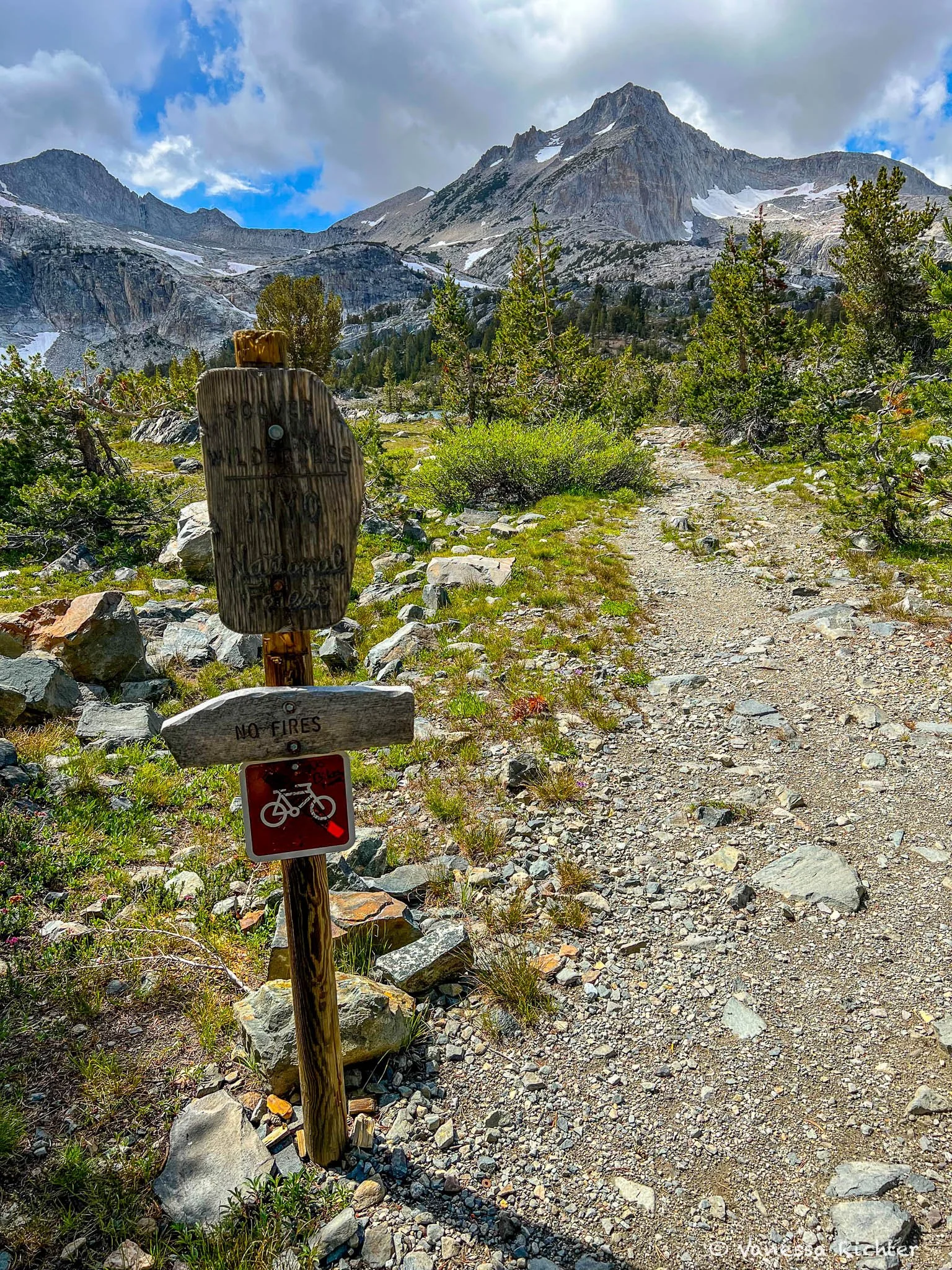
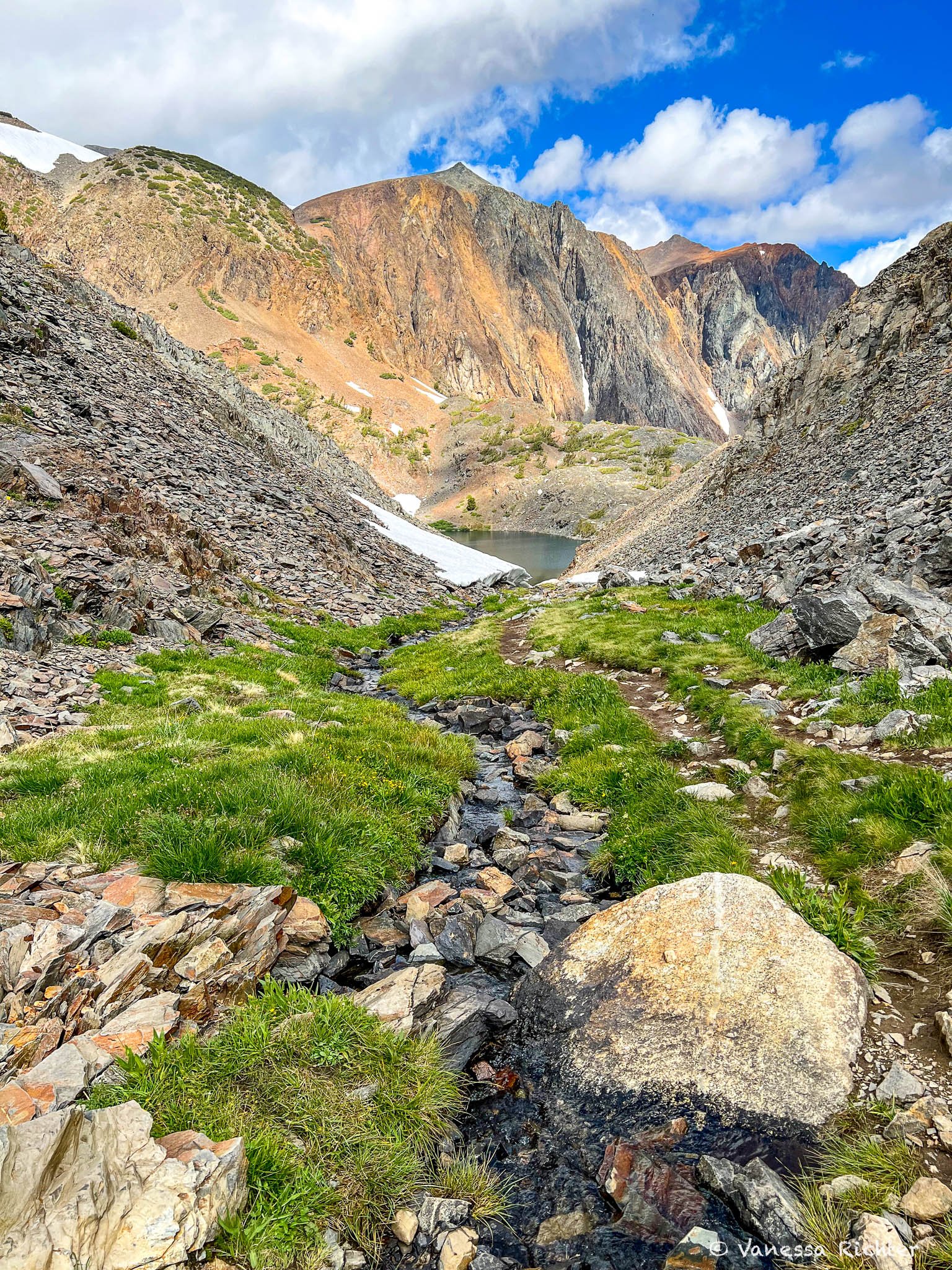
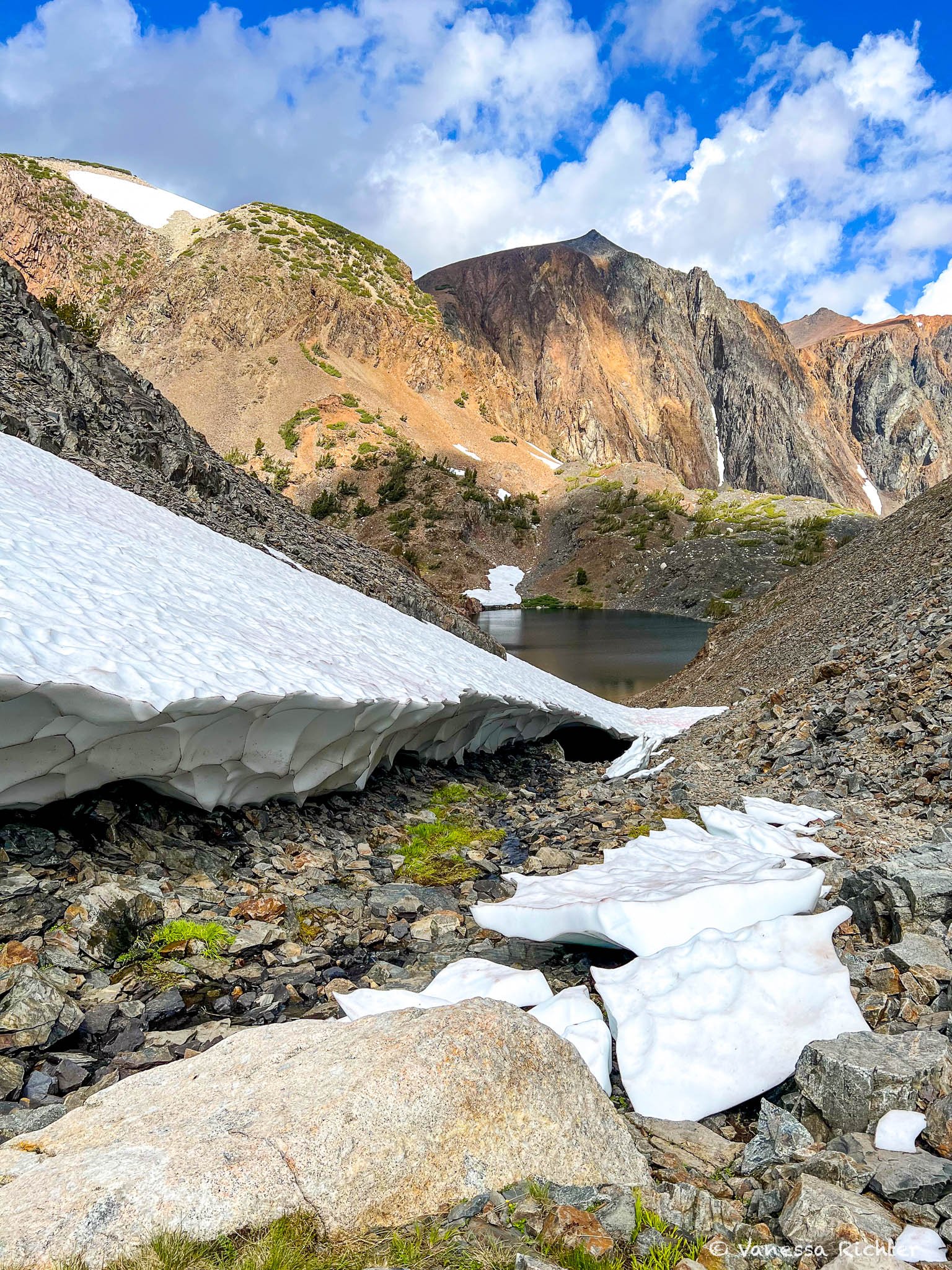
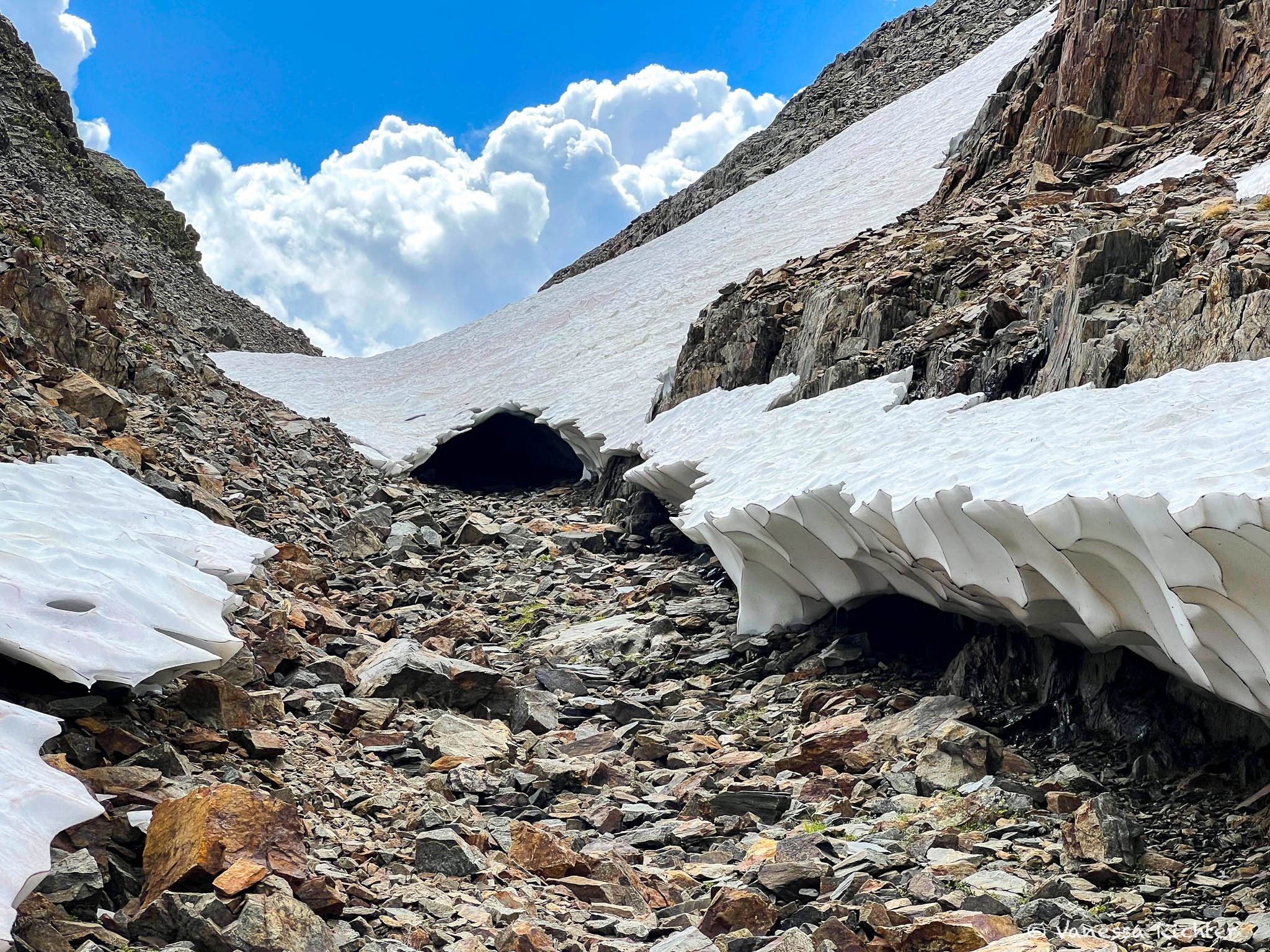

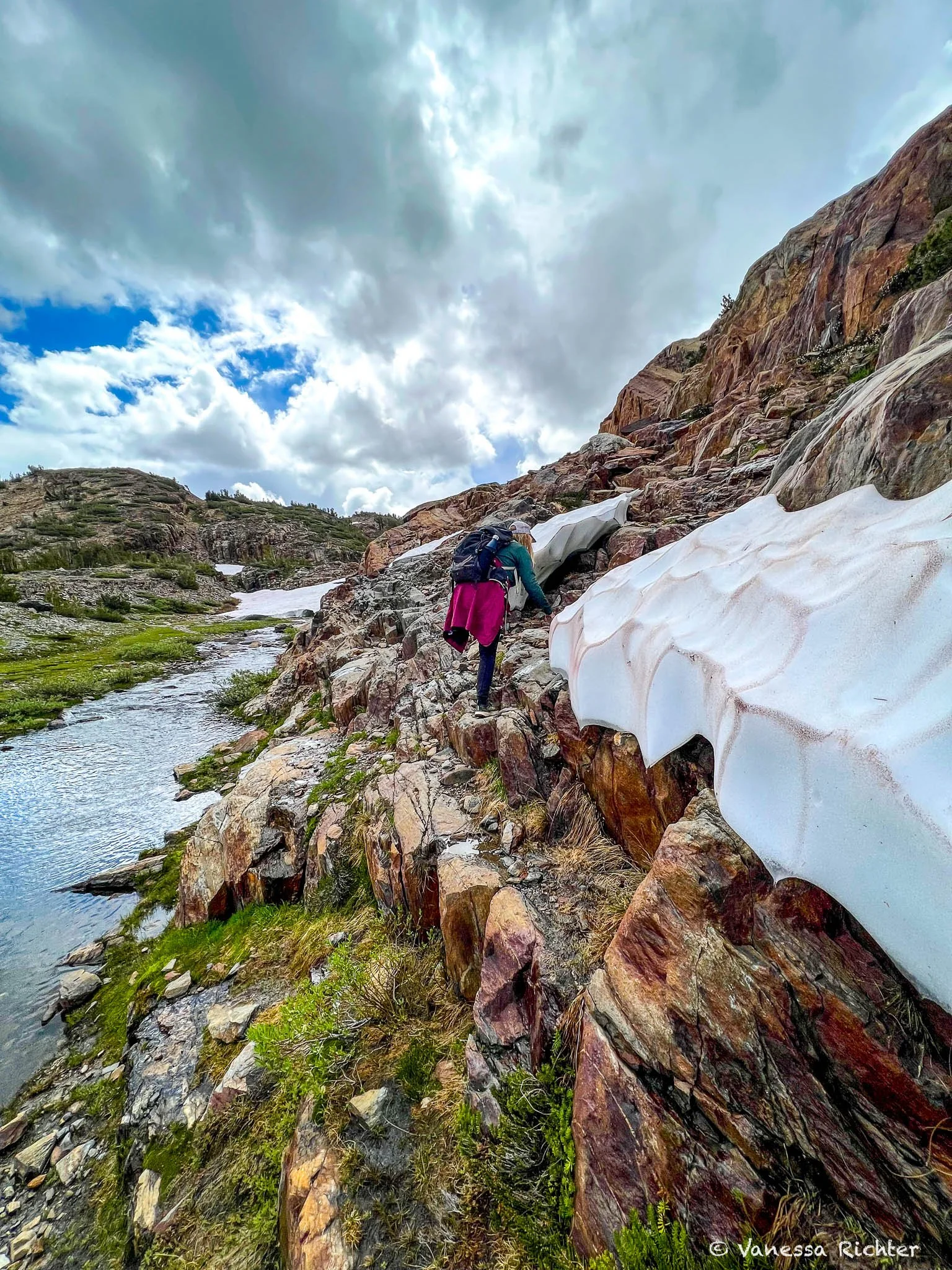



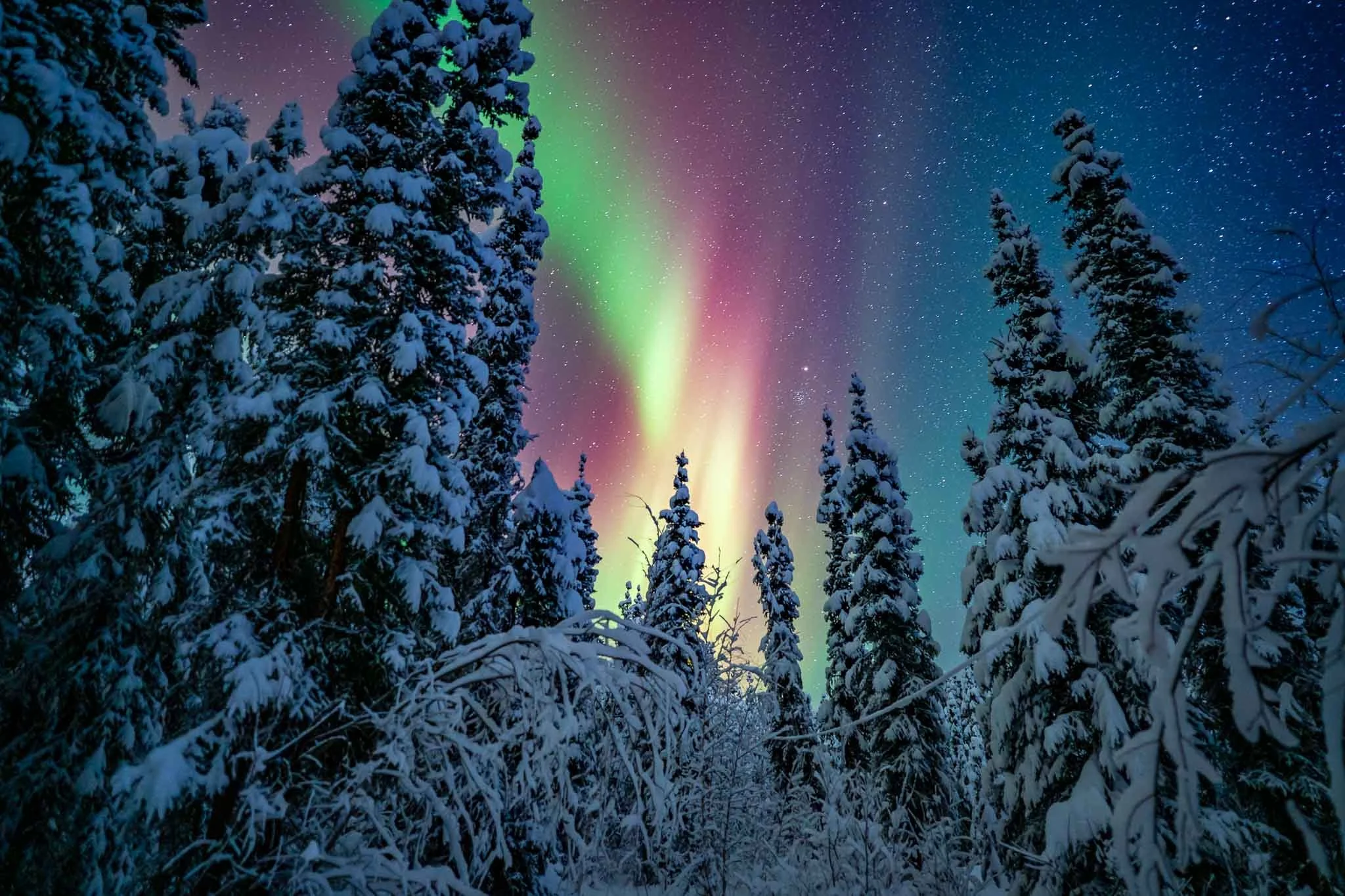
I’m the face, writer, and photographer behind Venture Beyond the Picture.
You’re in the right place if you’re looking for nature-focused travel guides, real tales from the trails, and photography that celebrates wild landscapes, fascinating wildlife, and the quiet beauty of nature.
I hope what you find here helps you plan your adventures across the Western U.S., capture the outdoors through your own lens, and spark new inspiration.